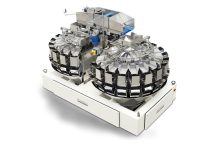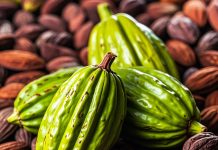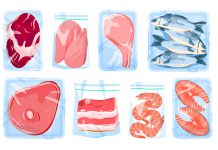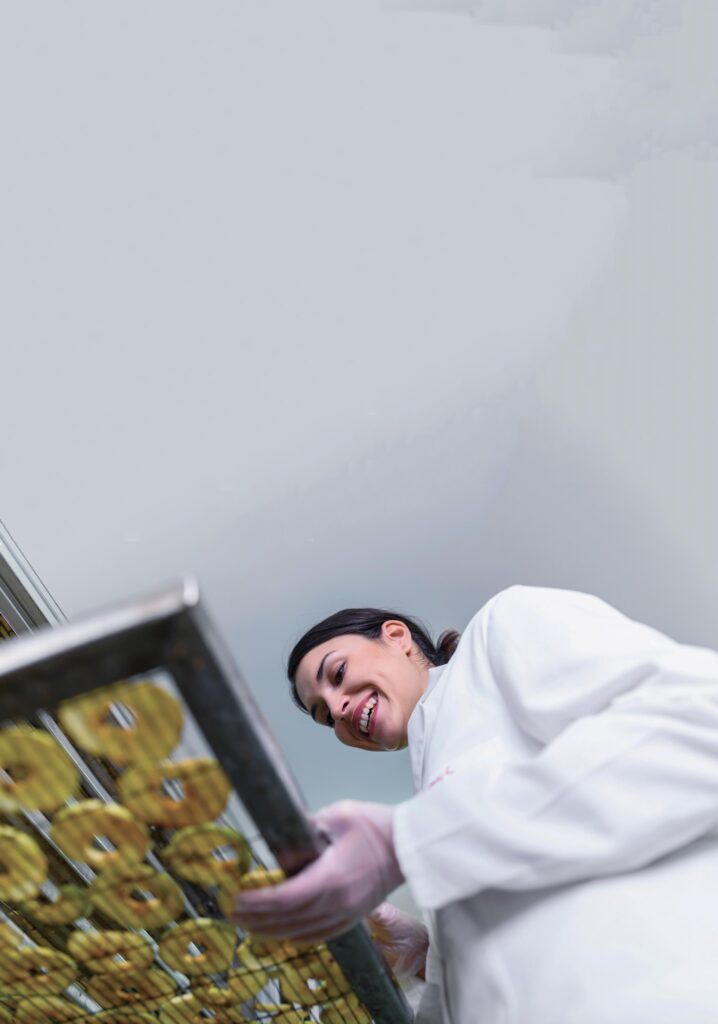
Drying is an ancient food preservation technique, perfected and adapted to contemporary conditions. The treatment is aimed at removing most of the water from food, which is the basic medium in which all the most important chemical, enzymatic and microbiological reactions take place and, therefore, compromise its shelf-life and quality.
During the drying process, food undergoes structural and chemical-physical changes, which influence the quality and the organoleptic, nutritional, and functional properties of the finished product, and, consequently, affect consumer’s opinion. Traditional drying is done by a high-temperature stream of air that provides the necessary heat for water to evaporate. The high temperatures characterizing this process allow to speed up the drying kinetics; however, they cause thermal damages by deteriorating the physical-chemical and nutritional properties of the product and involve a high energy expenditure.
Innovative pre-treatments
In order to improve the drying process, preserve the organoleptic properties and nutrients and reduce the microbial load of the dried products, preliminary treatments are widely applied, prior to the actual drying. Based on the growing consumer interest in proper nutrition and its health benefits, the possibility of obtaining healthy foods with high nutritional and functional properties has increased the efforts of scientists and food industries in this field of research. Many researchers have conducted studies and trials on the treatment of products prior to drying, validating techniques to be applied at an industrial level. Appropriate pre-treatments can reduce the initial water content and alter tissue properties, thereby increasing the drying speed, improving product quality, inhibiting enzymes, and thus minimizing possible deterioration reactions during drying and subsequent storage.
Traditional hot water and steam heat pre-treatments effectively inactivate degrading enzymes, reduce microbial load and soften tissues. However, they cause the loss of water-soluble nutrients, texture, pigments and aroma. To overcome the limitations of these treatments, innovative techniques have been developed with high heating speed, high energy efficiency, effective enzyme and microbial inactivation, reduced nutrient loss and improved quality.
High-Humidity Hot Air Impingement Blanching (HHAIB) is a technology that impinge jets of high-humidity hot air on the product surface at high velocity to achieve a high rate of heat transfer. It is a uniform, rapid and energy-efficient blanching process that results in minimum loss of water-soluble nutrients.
Microwave, radio-frequency and infra-red burns are heat treatments based on the dissipation of electromagnetic energy converted into heat within the product being treated. The heat penetration depth decreases as the frequency increases. The wavelength range, which is inversely proportional to the frequency, differentiates three types of burns. Microwave and infra-red energies, having shorter wavelengths, have less penetration capacity than radiofrequencies. Therefore, these technologies are more suitable for application to small and thin products and pieces, for which external agitation or a conveyor belt is also useful to expose all parts of the food to uniform radiation and avoid uneven heating.
With longer wavelengths, radio frequencies can penetrate deeper into the product, resulting in more uniform heating, and can heat even dense products of any size. Radio-frequencies heat up more slowly than microwaves, and thus allow for the processing of more delicate products that require slower heating. Microwaves, having a very short wavelength, are particularly difficult to shield, whereas radiofrequencies with much longer wavelengths are significantly less aggressive and easier to shield easy to shield them below internationally accepted emission values.
Ohmic heating is a process that generates heat by passage of electrical current through food which resists the flow of electricity. Heat is generated rapidly and uniformly, and for this reason this process is an alternative technique to conventional heating of fruits and vegetables, particularly for whole and large products, with shorter processing time, irrespective of the product size and shape. It reduces deterioration and the loss of thermolabile nutrients, preserves colour and texture and inactivates degrading enzymes and micro-organisms.
Non-thermal pre-treatments, i.e. ultrasound, pulsed electric field and high hydrostatic pressure, are a valid alternative to heat treatments to limit the degradation of heat-sensitive compounds. In addition, by modifying the cell structure, they improve the permeability of cell membranes, resulting in improved mass transfer during drying.
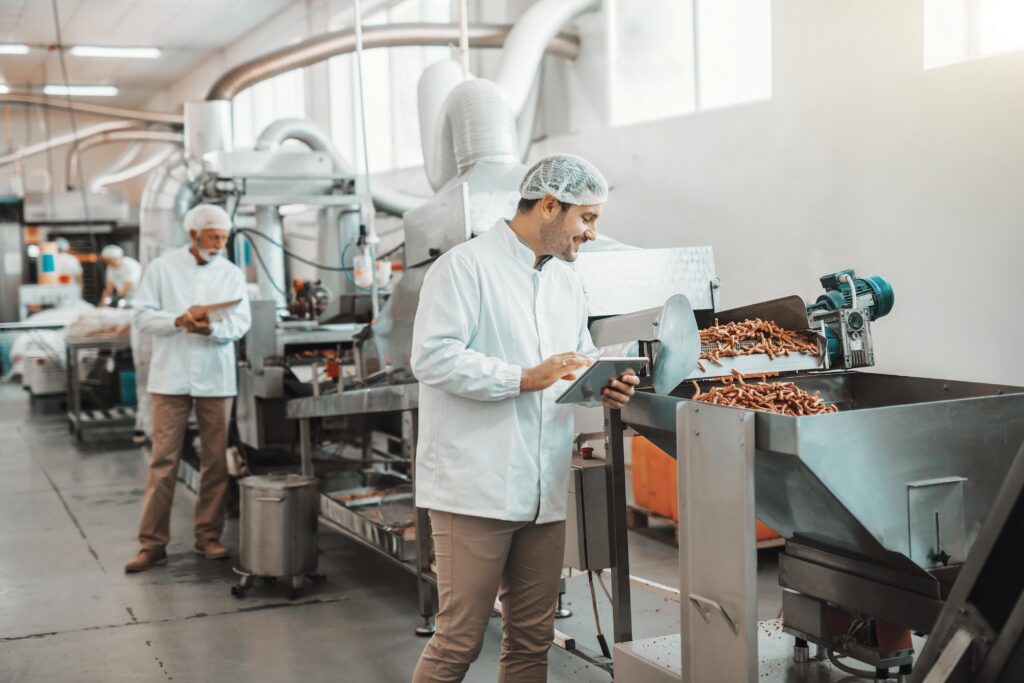
Chemical pretreatments, in general, effectively improve drying kinetics and help improve food quality. However, less innovative techniques in liquid phase result in the loss of water-soluble nutrients, and chemical residues in food can cause food-safety issues, as well as major issues with solution disposal. One of the most innovative treatments of particular importance is edible coatings: thin edible layers applied to the surface of the food before drying, that contribute to reducing the loss of aroma, colour, and nutrients, while maintaining the physical integrity of the product.
In the vacuum impregnation technique, a pressure difference is mechanically developed that allows the infusion of an external solution into the capillaries and free spaces of the food tissue. Thus, it is possible to introduce anti-browning compounds, antimicrobials, antioxidants, nutrients, functional ingredients, to improve the final quality of dried food and extend the shelf-life.
The ozone treatment is an innovative technique in gas-phase: the ozone treatment is applied at low concentrations and is particularly effective in inactivating micro-organisms without changing the nutritional, chemical and physical properties of food.
Process control
The drying process is a dynamic, non-linear operation, where process and product parameters undergo continuous changes during processing: The quality of food products should therefore be verified not only at the end, but on the way. Smart drying is one of the latest and most promising dehydration technologies, based on real-time information on product quality parameters (humidity, colour, shape, taste, odour) and process conditions (speed, temperature, humidity, pressure), to simultaneously modulate the drying process. It is a smart control system that uses sensors, transducers and processing systems that transform information into quantifiable variables to make adaptive decisions.
The result is a high-quality, standardised dried product, obtained with optimum energy consumption and minimal environmental impact. Smart drying uses different technologies. Biomimetic systems are a monitoring method that uses human-inspired sensor technologies, including odour (electronic noses) and taste detection systems (electronic tongues). The electronic nose is a tool capable of creating digital odour discrimination maps. Its key elements are chemical sensors that, working as mini-transducers, respond selectively and reversibly to volatile chemicals, generating electrical signals according to real-time concentration.
The electronic tongue also uses miniature receptors. Activated by the different compounds of the food, these receptors transmit electrical signals which are then analysed by a computer, obtaining a qualitative and quantitative description of the substances that contribute to create the taste. Thus, it is a tool that can identify the taste of a product quickly and reliably, without having to resort to the work of the tasters, with all their subjective limitations. Computer vision technology allows the real-time determination of physical properties (size, colour, shape) and quality attributes of products, using on-line image analysis, which correlates image attributes (area, colour, texture) with physical drying parameters (humidity, temperature, etc.).
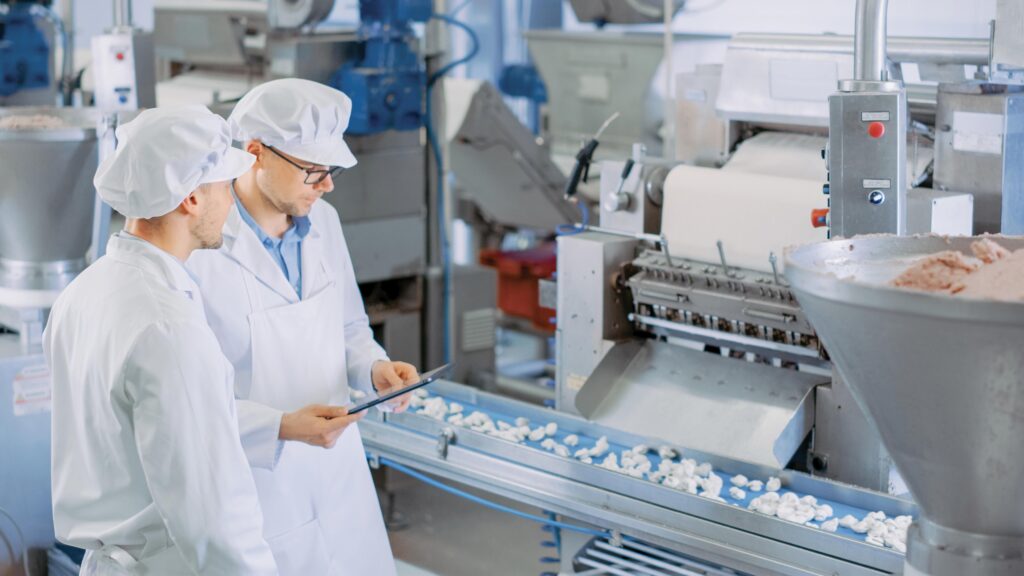
Other technologies used in smart drying are microwave and near-infrared (NIR) dielectric spectroscopy , monitoring techniques based on the absorption of radiation by the food matrix which, by reading and analysing the obtained spectrum, make it possible to determine the content of proteins, fats, moisture and density of materials during the drying process. They are non-destructive technologies, characterized by great precision, accuracy, and speed. Magnetic resonance imaging uses radio waves and magnets to generate images of food samples. It is a powerful tool that, through the analysis of information obtained with high spatial resolution, allows to determine the content, distribution, and mobility of water in the food, during the processing processes, for the optimization of operational parameters and for the monitoring of microbiological, physical and chemical quality of different varieties of food matrices.
The ultrasound technique, applied at low power (high frequency), is an emerging, non-invasive, economical, simple and energy-efficient on-line acoustic measurement technique that can be used to estimate the composition of foods, monitor physical- chemical and structural properties and also detect contamination from metals and other foreign materials during processing to ensure high quality and safety. Electrostatic sensors can record the electrostatic charge carried by dry solids in a pneumatic conveyor and can be efficiently applied in the dryer for real-time measurements of the moisture content of solids in fluidized beds, i.e. for the direct control of the process and fluidization regime.
This technique offers precision, high-temperature tolerance, implementation on a laboratory or industrial scale, rapid measurement, simple structure and installation, high sensitivity, cost-effectiveness and suitability for qualitative measurements. Smart drying involves not only the monitoring of product quality parameters, but also control systems for the drying environment that monitor operating parameters (such as pressure, temperature, and humidity) and adjust them consistently with the product’s quality requirements. In the coming years, smart drying technology is expected to be increasingly used in the food industry, also as a result of further academic and marketing research aimed at system optimization. Social-demographic and lifestyle changes, the increase in food-related diseases, allergies, and intolerances, are driving an increasingly differentiated demand for food products.
To address the new emerging needs of the food sector, both for consumers and producers operating in an increasingly globalized market, researchers and food industry are studying and implementing new food processing technologies, with the aim of providing consumers with food tailored to their needs, through processes that are sustainable, economic and environmental-friendly. The objectives are to maximize nutrient retention, preserve organoleptic properties, process sustainability and energy efficiency to produce safe and high-quality products. To achieve these goals, it is not possible to apply only one of these technologies; therefore, the focus has been on hybrid methods, combining different technologies, and making positive use of the synergy of their main characteristics.
According to data, hybrid technologies can reduce non-renewable energy consumption by up to 80%. The drying process is one of the most energy-intensive processes in the food industry: In the EU, drying methods account for between 10% and 25% of industrial energy consumption. Energy and food consumption are expected to increase by 40% by 2030. It will therefore be necessary to obtain energy from renewable sources, minimizing the use of fossil fuels, and to increase the use of innovative technologies and systems capable of making a real qualitative leap forward in the field of process efficiency, in terms of energy and overall performance.
By Alex Maggiore, Roberta Dordoni, DiSTAS – Department of Food Science and Technology for a sustainable agri-food supply chain – Università Cattolica del Sacro Cuore (Catholic University of the Sacred Heart)

